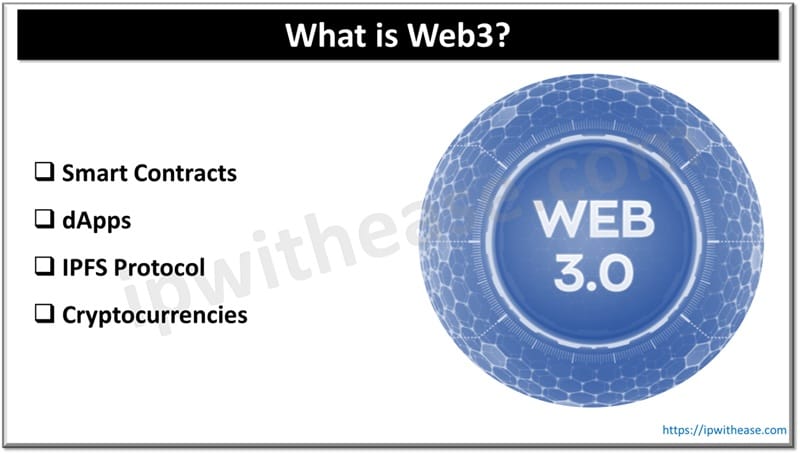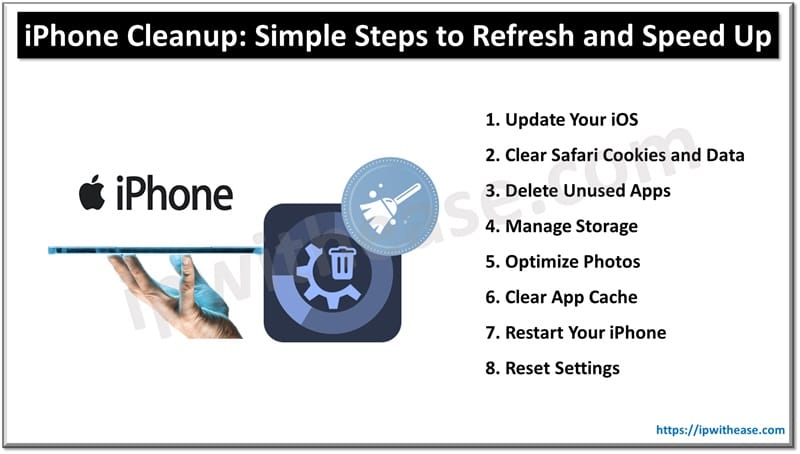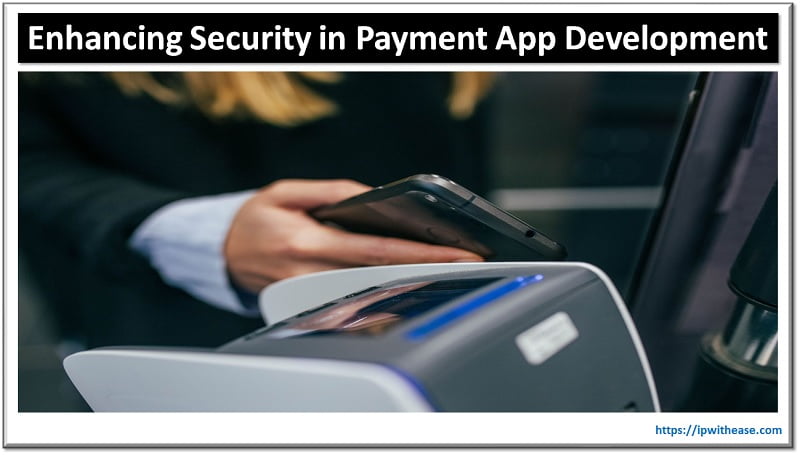Table of Contents
Web 3.0, also known as Web3, is the next evolution of the internet that focuses on decentralization, user ownership, privacy, and smart technologies. As the public network, the Internet evolved and it has had a profound effect on how technology shaped over the years. It influenced everything from product purchase, research on products, communication and much more. Everything revolves around it including our likes, dislikes, purchasing habits, friends etc.
The Internet has provided personalized experience by showcasing targeted advertisements for products, news articles you never looked for. This kind of personalization is convenient but invasive as well.
There are concerns around Big tech companies’ use of end user’s personal data. Big corporations such as Google and Meta dominance are challenged by Web3 technology which harnesses blockchain and focuses on decentralization of services. It is an open source, trustless ecosystem which does not require trusted intermediaries and permissionless.
In this article we will learn more in detail about Web3, its key characteristics, how it operates and how Web3 transforms the way the Internet operates.

Understanding Web3
Internet next generation Web3 was coined by Ethereum Co-founder Mr.Gavin Wood in 2014 but this concept took momentum in 2021 when there was an increase in explosion of blockchain technologies and expansion of NFT markets undertaken.
The current Web2.0 is dependent on a large number of servers and systems owned by Big Tech corporates citing concerns of data security and safety. But the question is why only a handful of tech giants should have control over our data?
Web3 on the other hand, builds on the principle of decentralization. It is built on blockchain technology which provides more robust, secure, decentralized, trustless, permissionless interactions to end users with full control over their data and content. Users can interact securely privately using decentralized applications (dApps) running on P2P (Point to Point) networks.
Key Terms in Web3
Smart Contracts
Smart contracts are self-executing contracts based on written code to establish and automatic terms of agreements between buyers and sellers. The transactions are executed automatically without the need for an intermediary or central organization to reduce operating costs with improved efficiency.
Decentralized Applications (dApps)
Decentralized Applications (dApps) do not depend on central servers to work. They are safe and independent and operate on P2P networks.
InterPlanetary File System (IPFS) Protocol
Peer to Peer storage is created by Interplanetary File system (IPFS) protocol to share hypermedia in distributed systems. It is a decentralized way of file sharing, reducing dependency on centralized servers. Encryption is supported to guarantee data security and privacy.
Cryptocurrencies
Controlling new unit creation and securing digital transactions is done by cryptocurrencies. This will reduce traditional financial institutions-based dependencies built over years.
How Web3 is transforming the Internet
Web3 will transform the Internet and change the power dynamics by offering more control to individuals and lesser dependencies on Big Tech corporations and Govt institutions. Let’s look at some of the ways it is changing the way Internet is being used today and its current landscape:
User empowerment with decentralized Applications (dApps) are one of the key aspects of Web3. Centralization of servers or cluster of server aid in functioning of traditional applications. dApps run on blockchain based networks which are decentralized in its architecture. There is no single point of failure here due to its distributed nature which means more resilient and secure applications.
dApps are empowering end users to have more control over their data, engaging in peer-to-peer transactions and participation in decentralized governance systems (DAO’s).
- Decentralized Finance (DeFi) means financial services built on blockchain technologies will make traditional financial institutions redundant such as brokers and banks. Users can borrow, lend, trade and earn interest directly without paying any commissions to intermediaries. The DeFi platforms such as Uniswap, Aave, Compound are providing end users an opportunity to transact without involving traditional institutions.
- NFTs and Digital Ownership – Non-Fungible tokens (NFT) represent ownership for specific item, artwork or collectible using digital assets. They are valuable in the world of entertainment, gaming and art. NFTs enable creators to monetize their work directly and bypass auction houses and art galleries.
- Cryptocurrencies provide a digital currency and create decentralized, transparent and borderless money transactions. Bitcoin and Ethereum are the most popular cryptocurrency platforms.
- Assets Tokenization – Tokenization of physical and digital assets representation allows fractional ownership enabling high value assets expanded accessibility to larger investors.
- Financial Inclusion – Web3 democratizes finance and brings financial services to individual doorsteps without involving traditional banking institutions.
ABOUT THE AUTHOR

You can learn more about her on her linkedin profile – Rashmi Bhardwaj



